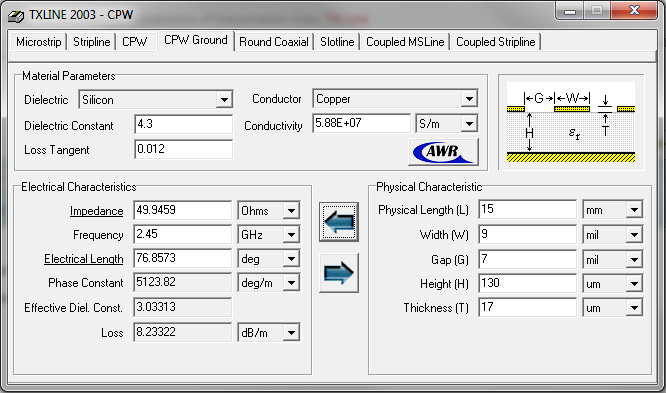Hi,
I have to design a really slim PCB with BLE connectivity and I don't know really much about Antenna design. The only Antennas which can be incorporated spacewise would be a chip antenna or the meandered inverted F-Antenna. After following AN043 I'm not sure if this Antenna can be placed the way shown in the attachment (the drawing is from AB043 and the black area should be the board shape/ground plane.
Is it possible to design it like this?
Thanks & regards,
jl



